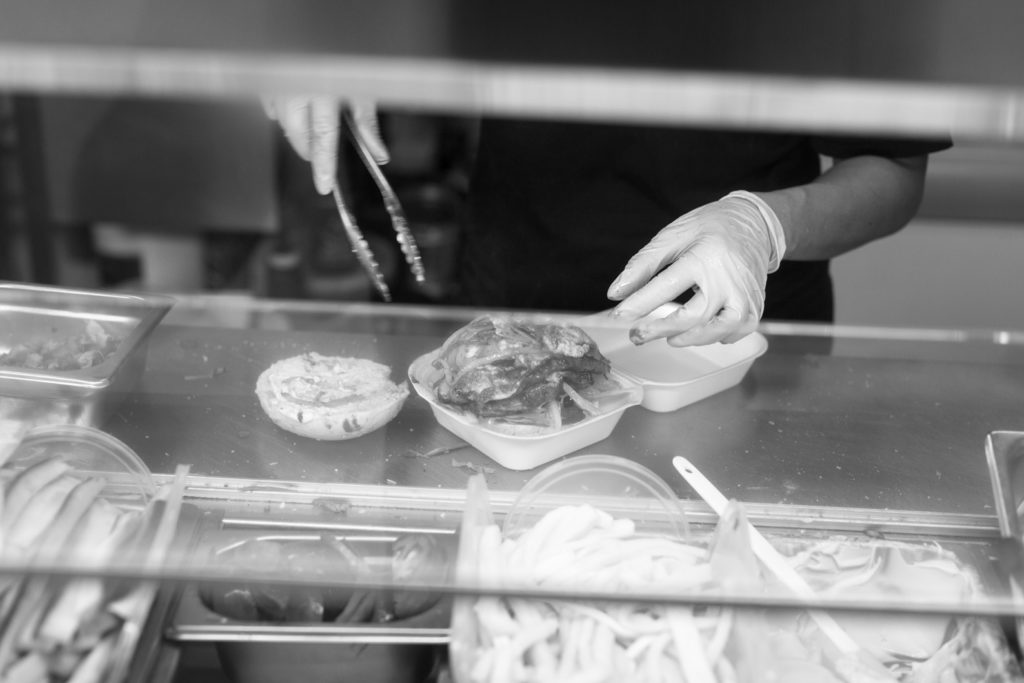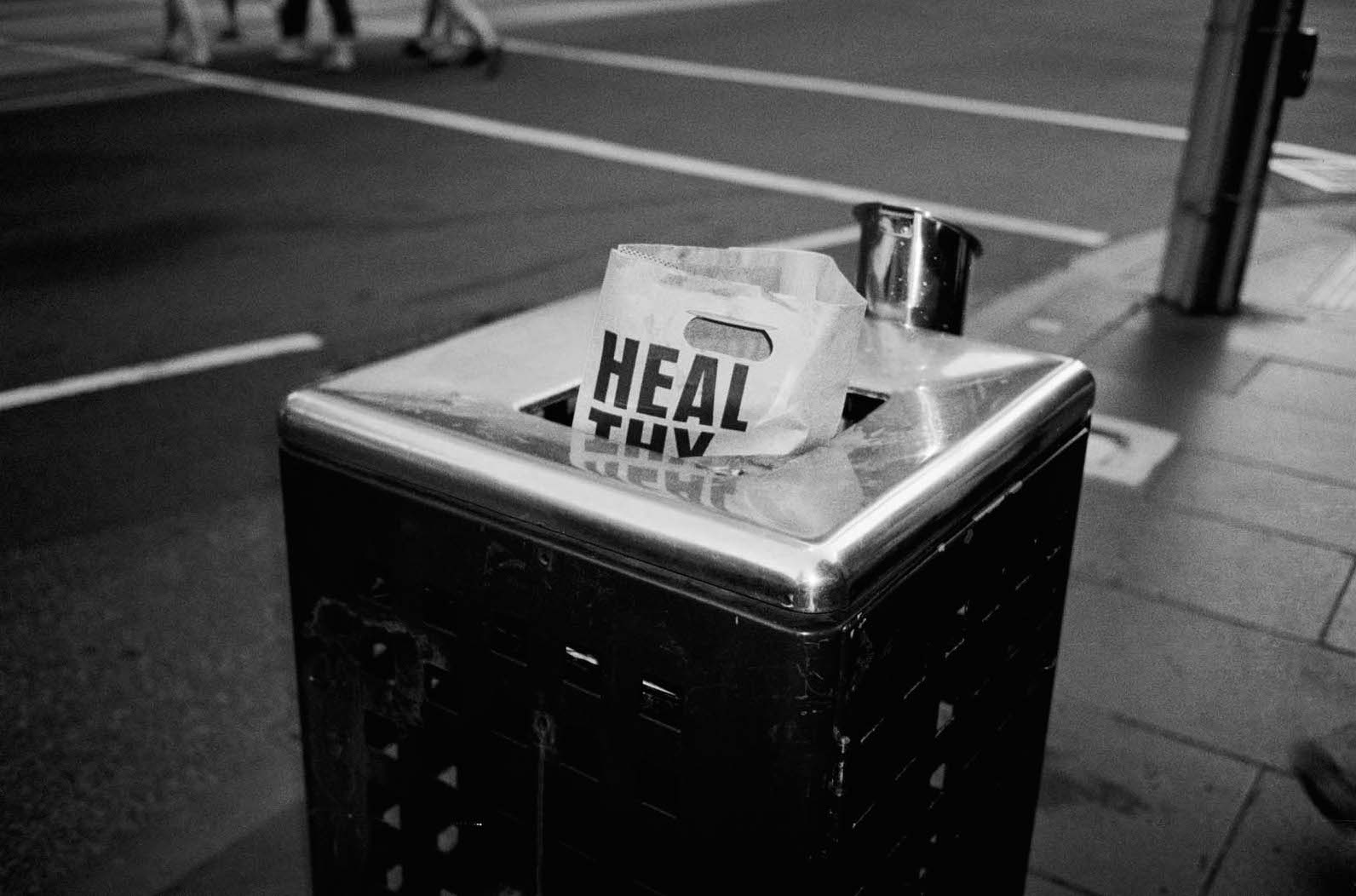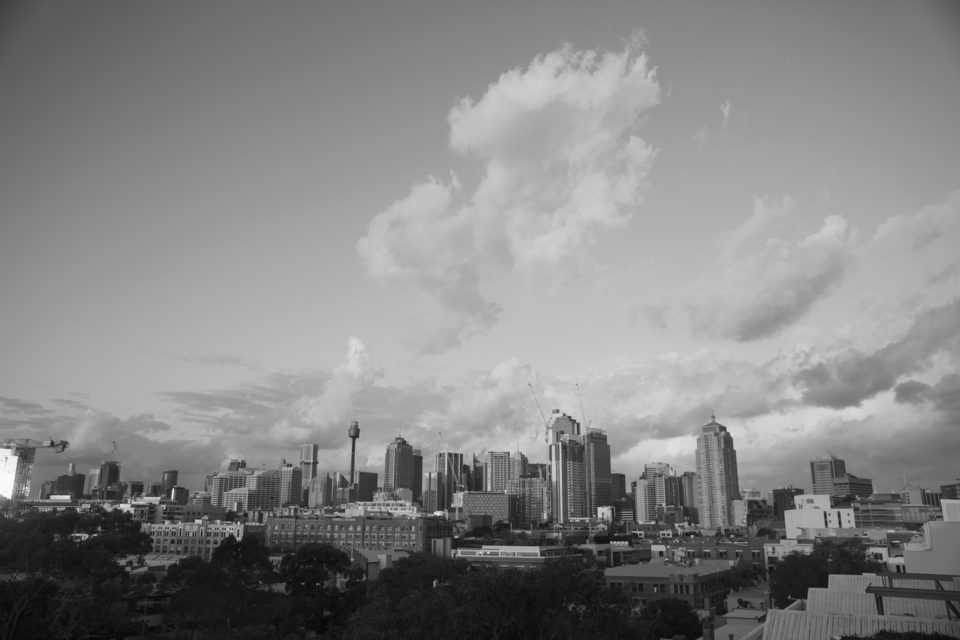“Societies,” said some bloke on some Netflix documentary I was only half-watching, “become more complex directly before they collapse.”
This chap may have been talking about Rome, the imperial city that gave life to a thousand desperate solutions right before it fell. But that day, I was in the sort of mood that seeks to worsen itself so it doesn’t have to get out of bed. Hence, I pretended he was talking about the withering of Sydney.
The archaeologist spoke of all the things that come before a city’s decline. These were achingly familiar and notably included unsustainable energy use. But there were three things he listed that really churned my gut, which was still digesting last night’s expensive burger.
Are you strong enough for this miserable Roman history? The end was marked by (a) attempts by government to control the movement of the population; (b) specialisation of local business; and (c) malnutrition.
As Rome fell into decay, there was some Baird-Augustus type passing the ancient equivalent of lock-out laws. In this time of general chaos, local business sought to stabilise its profits by being as specialised and simple as possible. And then, the bones of dead citizens reveal, a time of nutritional deficiency began. All of which is to say, Romans were probably so shitty about the new ban on orgies, they went out and ordered the Blame Canada burger from Bar Luca.

Sydney’s burger end
We often think of our food trends as novelties that arise and recede only to entertain us. Archaeologists have a different way of thinking, however, and are rarely content to say, “Suddenly, all the great city wanted to do was cram poutine, beef, bacon, maple syrup and a door-stop of bread into their heads, for no reason at all but fun!” This is not to then say Sydney’s most famous burger is bad, or that you shouldn’t continue to enjoy the fun that it provides. It is to say that in the future, historians will understand it as a cry for help.
Many of the pretty patrons of BL, and other joints, do not, of course, eat the entire burger. The Pilates-perfected bodies of Surry Hills simply can’t consume the Chur Beast without fear of chest pains. I have seen the 2010 postcode’s Hot Dads and Mouth-watering Mummies nibble just a little of the rind of Canadian bacon before resuming their 20K run with a high-end stroller. “It’s too much for me!” they say, and yet they return, with their glamorous toddlers, to order it again.
This performance of excess is something I imagine we might have seen from late Roman nobles. Or, in Moscow among the princes and princesses before the uprising one century ago. All the beautiful Anna Kareninas knew, at some level, that the Bolsheviks would soon storm the burger palaces. So they sat there, with diminished appetites, dreading October, picking through the last feasts of their golden era.
The burger, with which Sydney remains obsessed, is itself an interesting choice for this period of recession. Unlike food trends throughout the boom of the nineties and naughties, this one says “I’m eating like an old-timey poor person!” Even the refined, vegan options of Randwick’s Soul Burger today point to this fetish for the working man’s meal. Back in the not-so-distant day, we queued for wagyu and quail eggs and truffle-infused ostriches, or whatever. The burger may well be seen by archaeologists of the future as our final act of conspicuous under-consumption.
The ubiquitous and “humble” burger is not, of course, a sure sign of the End Times. Neil Perry’s Burger Project is not, in itself, a harbinger of doom. And, of course—for those of us who dare to eat entire serves—it provides genuine animal pleasure, and a mild rebellion against the Baird-Berejiklian-Augustus ban on orgies. It is a sign of something, though. I guess we’ll have to wait for the Netflix documentary to find out.






